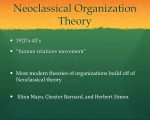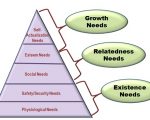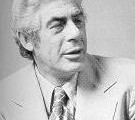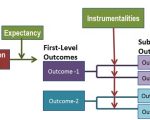
Neo Classical theory
The NeoClassical Theory is the extended version of the classical theory wherein the behavioral sciences gets included into the management. According to this theory, the organization ...

Alderfer’s ERG Theory
Alderfer’s ERG Theory is the extension of Maslow’s Needs Hierarchy, wherein the Maslow’s five needs are categorized into three categories, Viz. Existence Needs, Relatedness Needs, ...

Carrot and Stick Approach of Motivation
The Carrot and Stick Approach of Motivation is a traditional motivation theory that asserts, in motivating people to elicit desired behaviors, sometimes the rewards are given in the ...

Top 10 Ways to Destroy Motivation at Work
Want to know how organizations destroy motivation at work? Managers ask about how to motivate employees, but employees naturally experience motivation. Ask any employee. Something in ...

Adam’s Equity Theory
Equity theory, most popularly known as equity theory of motivation, was first developed by John Stacey Adams, a workplace and behavioral psychologist, in 1963.
John Stacey Adams proposed ...

How to Motivate Workers in an Organization
Motivating workers requires creativity and an understanding of the areas where employee performance exceeds your company’s expectations. Motivation also may come from addressing ...

Herzberg two factor theory
Herzberg’s Two Factor Theory is a “content theory” of motivation” (the other main one is Maslow’s Hierarchy of Needs).
(adsbygoogle = window.adsbygoogle ...

Employee Motivation
According to Webster’s New Collegiate Dictionary, a motive is “something (a need or desire) that causes a person to act.” Motivate, in turn, means “to provide ...

Theories of Motivation
Motivation theories seek to explain why employees are motivated by and satisfied with one type of work than another. It is essential that mangers have a basic understanding of work ...

Vroom’s Expectancy Theory
Definition: Vroom’s Expectancy Theory was proposed by Victor. H. Vroom, who believed that people are motivated to perform activities to achieve some goal to the extent they expect ...
